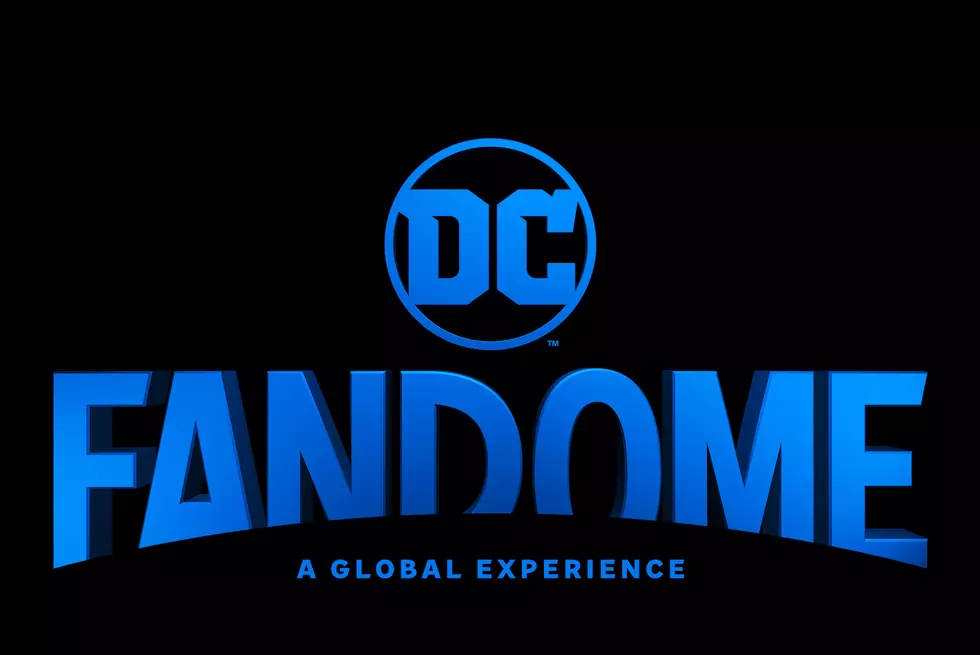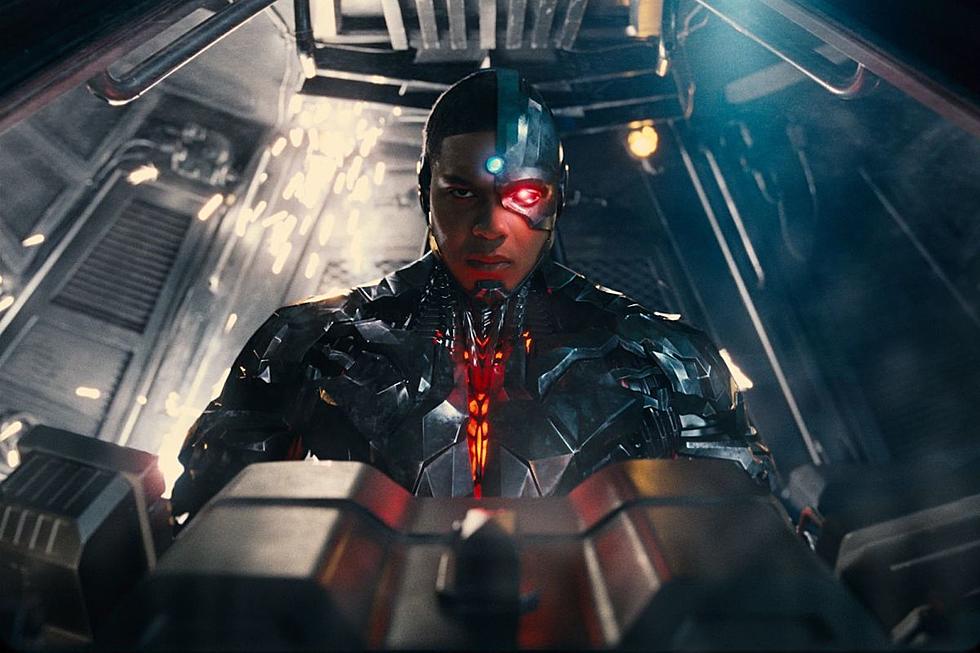
Flash Fact: Celebrating The Anniversary Of Barry Allen’s Comics Debut
Superhero comics were big business during wartime, with circulation numbers reaching six figures for popular titles like Captain Marvel, but in the following years their popularity began to wane until only a few were left standing. However, on this day in 1956 a new hero with a familiar name seemed to burst straight off the cover and reinvigorated the entire genre for a new generation.
Created by Robert Kanigher and Carmine Infantino, Barry Allen was a police scientist with a reputation for being slow and late, until one day a lightning strike doused him with chemicals and he gained the power of super-speed. Donning a red and gold costume with the iconic lightning bolt, Barry Allen took his name from the comic book hero he’d read as a child, and became The Flash.
The arrival of The Flash and the success of his comic kicked off what is now known as the Silver Age, as superhero comics came into fashion once again. Characters like Superman and Batman were given a new lease on life, while concepts such as Green Lantern and The Atom were similarly reinvented with a more sci-fi bent than their predecessors.
The Flash’s adventures during the Silver Age were always fun and exciting, and the colorful energy of the time gave birth to villains such as Captain Cold, Mirror Master and Gorilla Grodd. Like many superheroes, The Flash gained a sidekick in the form of Kid Flash, and as the Silver Age became the Bronze Age, the stories became more serious, culminating in a series of events including the death of Iris West and The Flash standing trial for the murder of Professor Zoom.
While Barry Allen’s arrival signalled the birth of the Silver Age, his death could be chalked up as the death of the Bronze Age. To celebrate fifty years of comics, DC released the crossover event Crisis on Infinite Earths, which saw Barry Allen die heroically while saving the universe, running so fast that his body wore away to nothing and he became one with the universe, leaving only his costume behind for his nephew Wally.
As a character, Barry Allen was never much of anything, and arguably never got a chance to be, but in death he became the patron saint of the DC Universe. The hero who did no wrong and sacrificed his life to save everything when the stakes were at their highest. His shadow loomed large, especially over Wally West, who had to learn to escape it to be his own hero.
After over twenty years deceased, Barry Allen was brought back in the pages of Final Crisis with death on his heels. He was instrumental in defeating Darkseid and found himself restored to life. However, he also found that Professor Zoom had altered his history and framed his father for his mother’s death, which gave the happy-go-lucky Silver Age character a more tragic origin in line with most other DC characters.
It was an attempt to undo this change to his own history that created the Flashpoint reality, and Barry’s attempt to fix it created what we know as The New 52. In this new reality, everyone was slightly younger and slightly less trusting of each other, although it was recently revealed that Barry Allen is not to blame for meddling with reality in a way usually reserved for supervillains.
In mainstream media, Barry Allen gained fresh popularity thanks to the hit CW series The Flash, which stars Grant Gustin in the titular role. Gustin’s affable and charming take on the character is one of the bright spots in a landscape dominated by grim and serious interpretations of superheroes, and the show has not been scared to tackle traditionally goofy comic book concepts, making a hit with audiences across demographics.
While some fans may not be happy that Barry returned and supplanted his nephew, his importance to not only the superhero genre but to the greater comic book industry can not be understated. Superhero fiction would not be the billion dollar industry it is today without Barry Allen. That’s a Flash Fact.
More From ComicsAlliance









